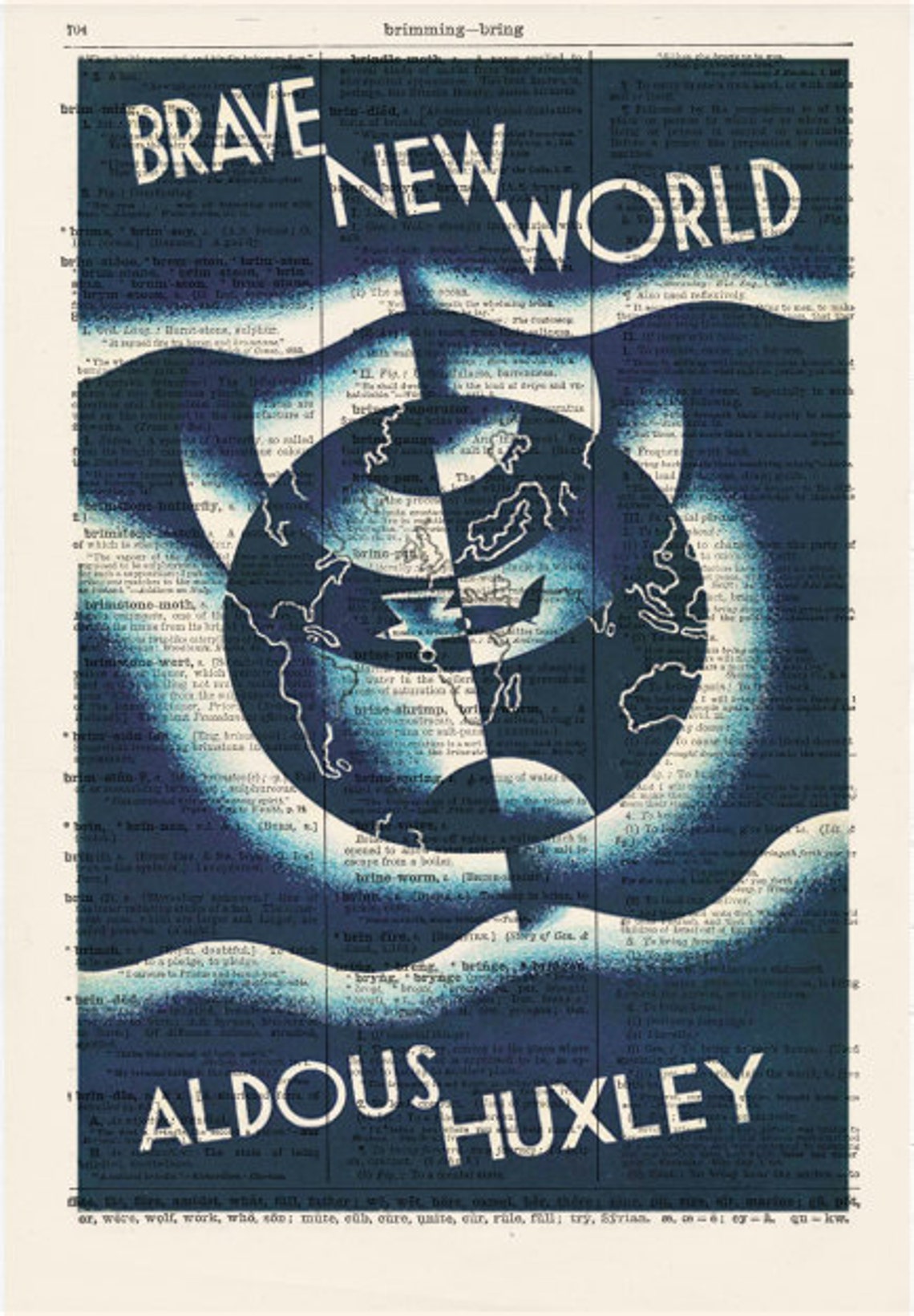

Her one-dimensional character one of many let-downs within Huxley’s text, primarily because she is introduced at the novel’s beginning to be just that – a character of individuality, rebelling against societal norms through her unusually long relationship with Henry Foster. She is depicted as rather dull, unable to see past her conditioning and unable to act with any sense of individuality or rebellion. Lenina’s function in the text is to be an object of desire to other characters and to display how conditioned females think and act within Brave New World’s society. The only female whose status is mentioned is Linda’s, who is a Beta. Unlike her male companions, her status in society is not mentioned. All the main male characters are stated to be Alphas. In comparison, all the male characters of Brave New World have jobs of importance. In this futuristic world, her job could be easily replaced by machines. To put it plainly, Lenina is a nurse, which is a traditionally feminine role and lacking in importance to that of a World Controller or a Director. She is a vaccination worker in a Hatchery and Conditioning Centre. Lenina is the only female whose job is stated. Within the world itself, women are not featured amongst the Alphas and leaders of the World State. The women in Huxley’s text lack depth, undergo no character development, and exist merely to portray the different elements of Huxley’s futuristic society. While Brave New World hovers between a modernist and post-modernist test, described as a utopia by some and a dystopia by others, there can be no doubt that Aldous Huxley’s 1932 futuristic novel is one of contradiction through its misogynistic elements. ‘Do you mean to tell me you’re still going out with Henry Foster?’ ”Īldous Huxley, Brave New World (Great Britain, 1932), p. “ ‘Again?’ Fanny’s kind, rather moon-like face took on an incongruous expression of pained and disapproving astonishment.

This reflects the 1930s where women were viewed only as childrearing machines and housewives, where women were not allowed to break outside the mold, confined to the ‘old world’ where they are viewed as sexual objects beneath men. The world has replaced childrearing and the inequities of the old world with sexual autonomy, which has both liberated and confined women in the novel. In addition to this, there does not appear to be any women in high up positions, or positions of power. The characters John and Bernard are frustrated by Lenina’s sexual freedom, and that she must be too naïve and dim-witted to search beyond the society’s expectations. Men in the novel view women as pieces of meat to be ‘had’, and women are discussed as if they are less-than. But once the surface is begun to be peeled away, it becomes clear that women in Brave New World are not as liberated as they appear. While gender equality seems to be equal at first glance they work the same jobs, the same choices in sexual partners, and can enjoy the same activities. The 1930s was a period of massive change for women, despite being looked down upon they fought for the rights and moved into a world that allowed them to live far more liberally.įor women in Brave New World, they project the opposite to that of the 1930s but reflect the ideas and attitudes of the time. Despite this, women fought for divorce reforms, further education, and to be able to work higher paying jobs. Whilst women could work, they earned pitiful wages compared to their male counterparts and would struggle to support themselves. If they did not marry, once they reached a certain age they would be considered ‘spinsters’ and became social outcasts. Women has just gained the right to vote in 1928, and yet, once they got married, they were still expected to quit their jobs and become housewives. Women could now work in low paid ‘women’s jobs’ and were quickly gaining independence despite still being looked down upon for working. The rapidly changing 1930s had opened up a whole new world for women who had previously only been accepted to be housewives. Aldous Huxley’s portrayal of women in his novel Brave New World heavily reflects the treatment of women during his time in the 1930s.


 0 kommentar(er)
0 kommentar(er)
